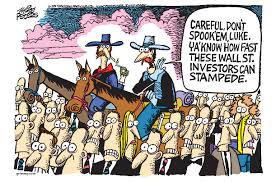Well look at you! You’ve done it again…. haven’t you, Mr. Market? On countless past occasions you’ve managed to fool not only the average emotionally driven investor but also the seasoned professional. Now you’re doing it again with an area of the market that has fooled everyone; not just this year but for decades!
Investing in real estate may not seem like something you need to do within your standard “stock and bond” portfolio. Some may argue that your house is enough exposure to real estate and for most individuals it’s their largest investment so it should suffice. Your home is actually considered a “consumption good” instead of a pure investment. Although it’s likely to appreciate over time you will not receive income from it, it most likely has a mortgage attached to it, and if you need to sell 10% of it tomorrow you’re out of luck. Additionally there are many areas within real estate aside from what’s happening on your residential street. Commercial real estate, for example, makes up about 13% of the U.S. economy.
In 2013 almost every expert pounded the table and made intelligent sounding comments calling for investors to reduce exposure to REITs. These words of caution came after it was first announced the Fed would slow down its bond-buying program (Quantitative Easing). Conventional wisdom tells us that when interest rates rise REITs (and other asset classes like Bonds) won’t perform well. Unfortunately most of these comments came after the fact and REIT investors were hit hard in May of 2013. Those who listened to the stale news proceeded to sell their REITs as that “wasn’t the place to be”. Continue reading




